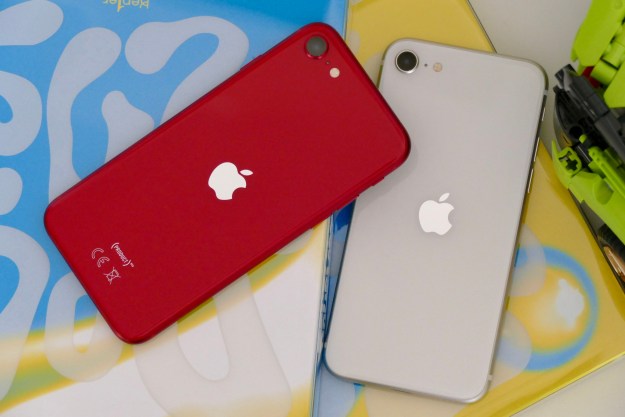Apple opened pre-orders for its new iPhone 14 handsets at the end of last week, with shipping set to start on most versions this Friday (the iPhone 14 Plus lands on October 7).
So, diamond-encrusted and gold-plated iPhones aside, what’s the most cash you can splash on an iPhone 14?
The priciest iPhone 14 is the 6.7-inch Pro Max version. Featuring all of the bells and whistles, as well as the largest display in the range, you only have to make a couple of choices when buying the iPhone 14 Pro Max: color and storage size.
Thankfully, selecting the phone’s color from among the Deep Purple, Gold, Silver, and Space Black options adds nothing to the cost of the device. Storage, however, is another matter altogether.
The base iPhone 14 Pro Max comes with 128GB of storage and costs $1,099. Double the storage to 256GB and you’re looking at an extra 100 bucks, while doubling it again pushes the price to $1,399.
But if you choose to max out the storage at 1TB, you’ll have to hand over $1,599 — the most you can pay for one of Apple’s new iPhones.
That’s the same price customers were paying for the most expensive iPhone 13 last year, at least if it was purchased in the U.S. This time around, economic conditions have prompted Apple to up the price of its new phone in some of its other markets. In the U.K., for example, the maxed-out iPhone 14 Pro Max costs an eye-watering 1,749 British pounds, 300 more than the iPhone 13 Pro Max when it launched last year. This makes it the most expensive iPhone Apple has ever sold in the U.K.
And this extra cost, among others issues, is causing some U.K-based shoppers to steer away from Apple’s larger Pro device.
Thankfully, there are various ways to ease the payment pain. Selling or trading in your old phone — whether an iPhone or another device — is the obvious way to lower the cost of a new handset. For iPhone customers, the simplest way to do this is through Apple, though you’ll likely get more cash if you sell it yourself or go through a service like Decluttr or Gazelle.
Apple also offers an interest-free monthly payment plan so you can spread the cost and avoid the stress of seeing such a massive dent suddenly appear in your bank balance.
Of course, if you want to get your hands on Apple’s newest phone but would rather not empty your wallet, the iPhone 14, with 128GB of storage, starts at a far more reasonable $799. But take note, it doesn’t include the much-talked-about Dynamic Island, and, as you’d expect, features less impressive specs.
Want to know more? Then check out Digital Trends’ comprehensive buying guide for the iPhone 14 range.
Editors' Recommendations
- I can’t wait for Nothing to launch this stunning phone
- AirTags range: here’s how far the tracker can reach
- Nomad’s new iPhone case and Apple Watch band may be its coolest yet
- 5 phones you should buy instead of the iPhone 15
- iPhone 16: news, rumored price, release date, and more


